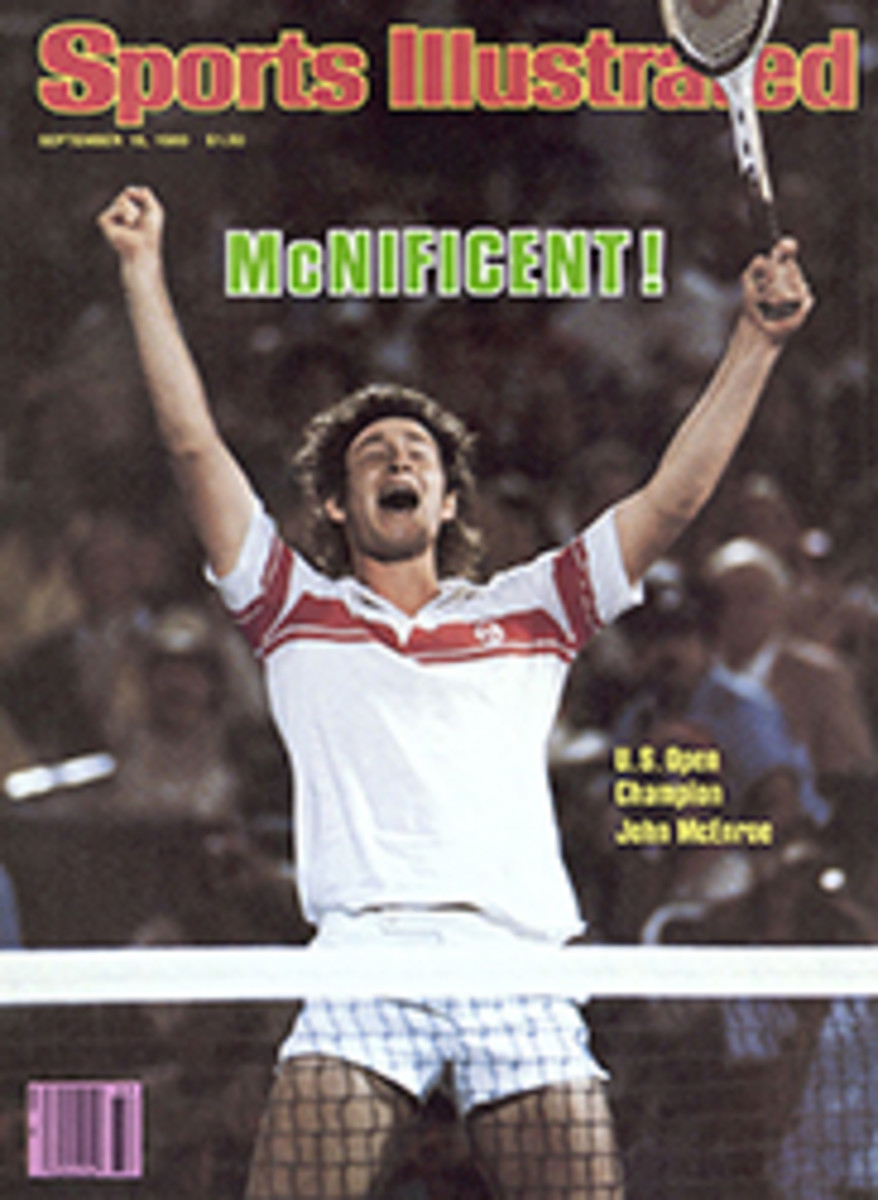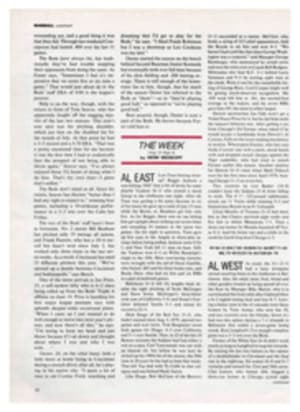
A BIG AUCTION OF FISHING LITERATURE WILL LURE LOVERS OF ANGLING LORE
Perhaps no sporting activity has a longer and richer literary tradition than fishing, especially trout fishing. The angler—his day ended, his tackle cleaned, his dinner eaten—has five centuries of writing on his sport to explore as evening settles in—if he is wealthy or has access to a superb library. But at least the books have been published. (Are there shelves of golfing tomes from the 1640s, of treatises on bowling circa 1841?) There will be an unusual opportunity to see and bid on some of the rarest and most prized angling books in the country on Oct. 16, in New York City, for the nation's largest book auctioneer, Swann Galleries, Inc. (104 East 25th Street, New York, N.Y. 10010), is selling off a private collection. Part of it went last May—421 "lots," whose authors' names ran from A through L. The M through Zs go on the block next month, in addition to 150 A through Ls that were discovered too late to be included in the first auction.
There has been no comparable auction of angling books in at least 20 years. The owner of the collection, a distinguished gentleman with a French accent, prefers to remain anonymous. To reveal his name, he says, would be an invitation to be burgled, and judging from the spring sales his fears are justified. Two of his books brought $2,600 apiece, one on dry-fly patterns and one on dry-fly entomology, both by an Englishman named Frederic M. Halford. The latter, published in 1897, has 100 beautifully tied patterns mounted right into the pages in little cardboard frames, a phenomenon in angling publications and one that almost never survives the predations of moths.
An extremely rare volume by Louis Agassiz went for $1,700. A natural history of Central Europe's freshwater fishes, it was published in 1842, in French. An 1875 edition of W.H. Aldam's A Quaint Treatise on Flees and the Art of Artyfichall Flee Making, by an Old Man brought the same price.
There were 10 different editions of the first known angling work by a woman, Dame Juliana Berners' The Treatyse of Fysshynge wyth an Angle, originally published in 1496. But less consequential works inspired enthusiasm as well, not to mention a measure of amusement. A Day's Fishing, by a Member of the Acorn Club, published in Hartford in 1901, was sold for $80. Swann's catalogue described it as "A brief account of a fishing excursion in the country climaxed by a search for books in a nearby farmer's attic."
The auctioneering had its moments, too. The man in charge was a droll New Yorker named George Lowry. In offering The Rev. H.N. Ellacombe's Shakespeare as an Angler, circa 1883, Lowry observed, "He used Bacon as a bait." Theodatus Garlick's book on the artificial propagation of fish inspired the observation, "commonly referred to as Garlick on fish." And when someone noted that the book's spine was chipped and taped, Lowry replied, "Spine? You usually remove the spine."
Part Two promises more of the same humor and fine quality. All collectors are welcome, and once again a number will travel from the West Coast, Canada, England and France to attend. A San Francisco collector named James Stewart, who is planning to return, bought two English volumes in May. He says, "I could have spent $5,000 without even trying." He will have the opportunity to do so at the October auction. Lowry says it will offer 521 "lots," some of them potentially more valuable than Halford's works on the dry fly.
The oldest book of the entire auction, Jacopo Sannazaro's collection of fishing verses, will be offered for sale in October. Published in Rome in 1526, the book is in Latin. Lowry should have a fine time with it.
There will be more than a dozen copies of Izaak Walton's classic, The Compleat Angler, a number of volumes by the 19th-century English writer, Joseph Crawhall, whose works are rarely on the market; and a copy of the scarce volume, The North-Country Angler, published in London in 1786.
Of special historic interest is Jerome V.C. Smith's Natural History of the Fishes of Massachusetts, published in 1833 and generally accepted as the first American book on fishing. A second edition of Smith's classic, also available in October, belonged to an ardent Bay State angler and sometime orator named Daniel Webster, and it contains his personal bookplate.
Most of the books in the May auction were more literary than instructional, and that is true of the October sale as well. But an exception is a very rare mid-19th-century manual by William Schreiner. It is, says Swann's catalogue, "the first of American angling books to treat an angler's needs." While no one who reads it will rush out to purchase the horsehair lines it recommends, some things about fishing never change, and its new owner might well be tempted to bring it out on the lake next summer, to peruse while sitting quietly in his boat waiting for the perch to bite.
Catalogues for the October auction are available, and may be obtained by writing or calling Swann Galleries.
It has been a long wait between auctions, but as Lowry says, "One thing I've discovered about sports fishermen is that they do have an inordinate amount of patience."

